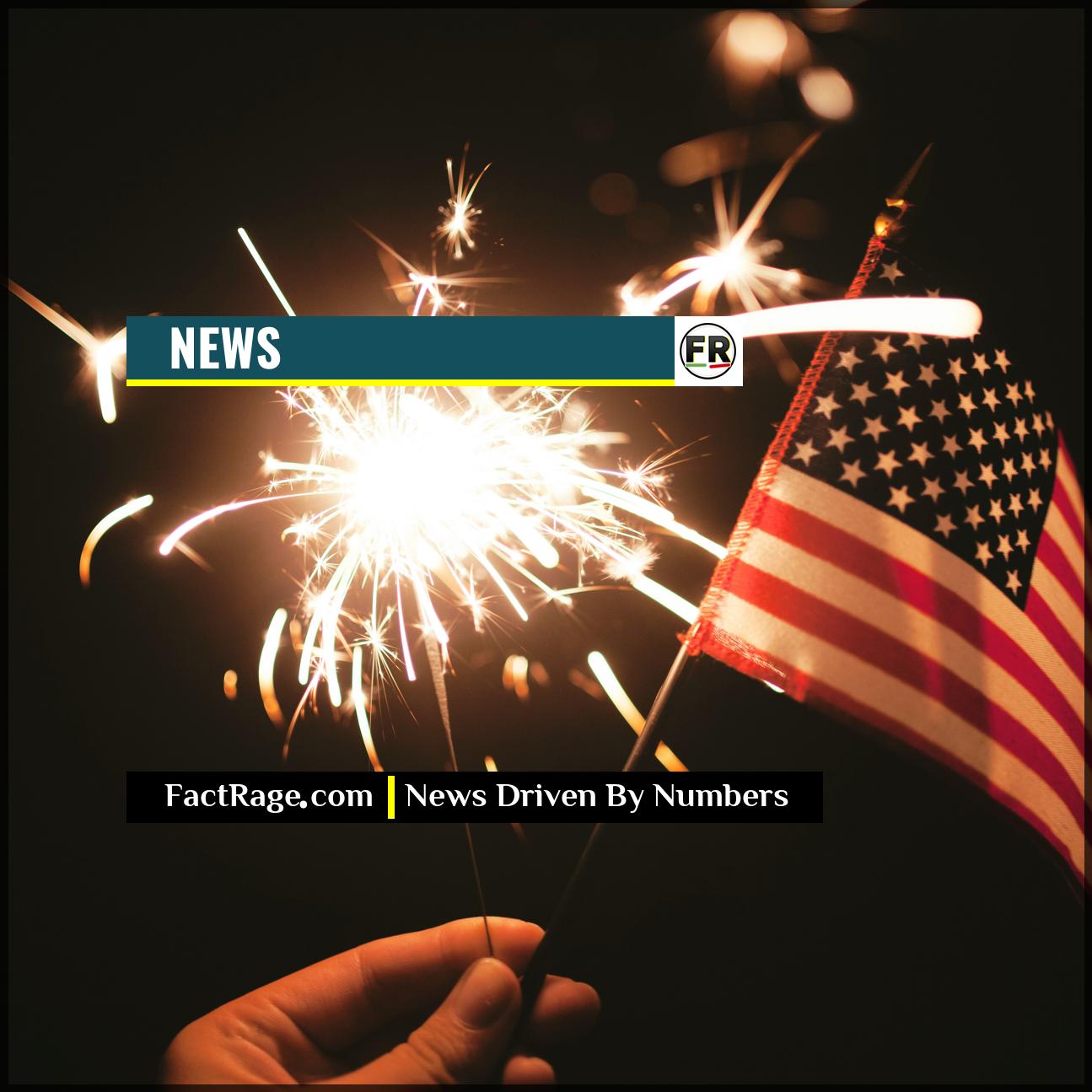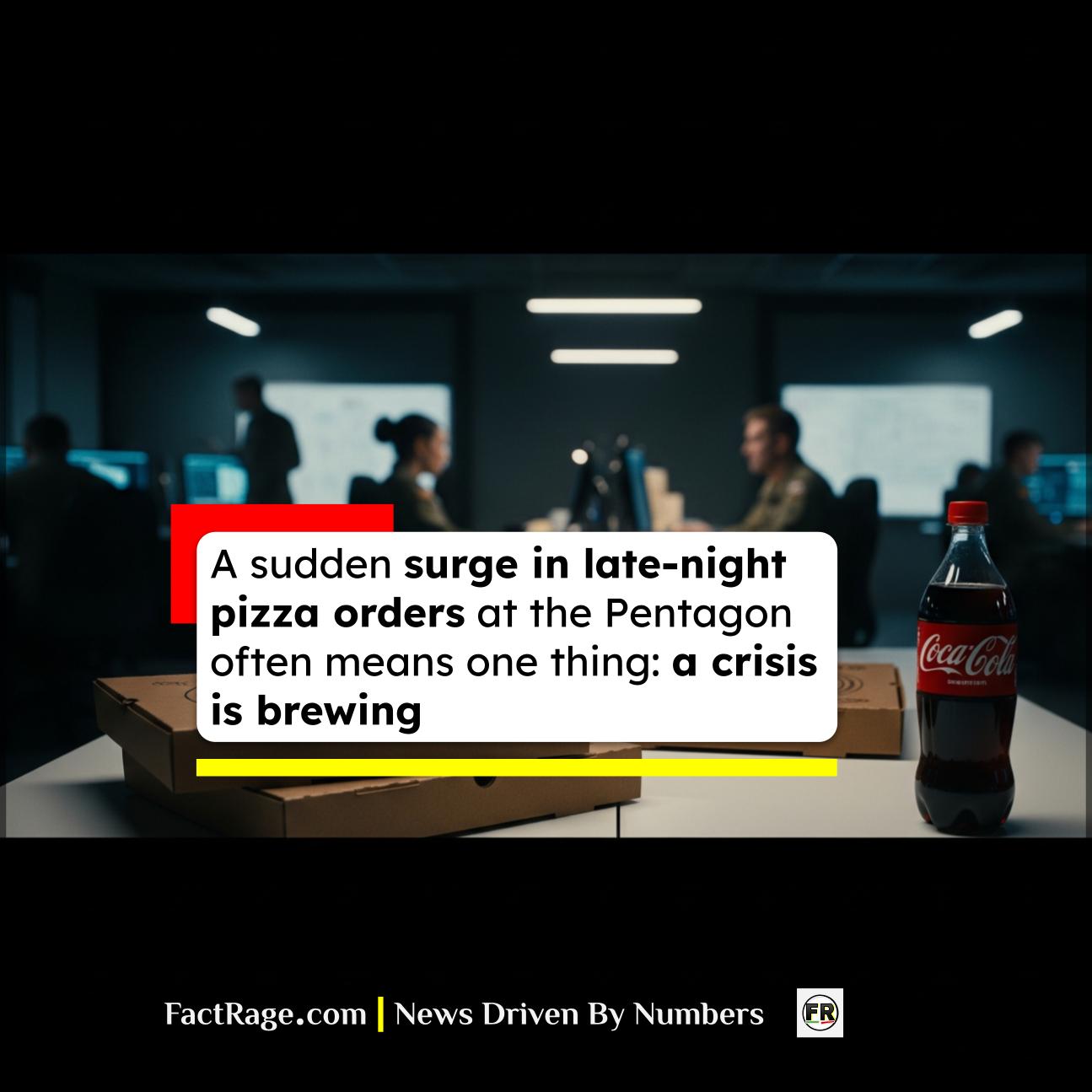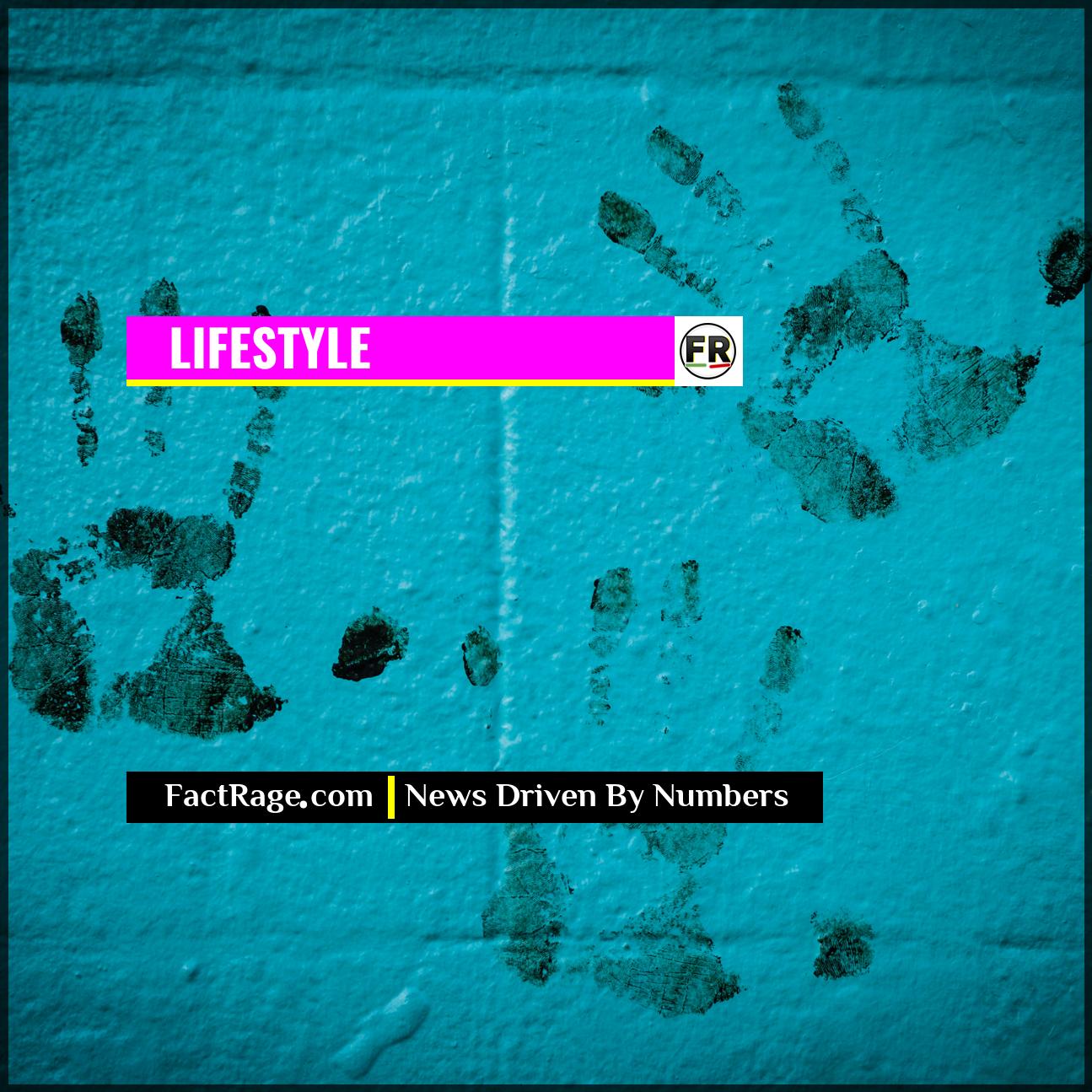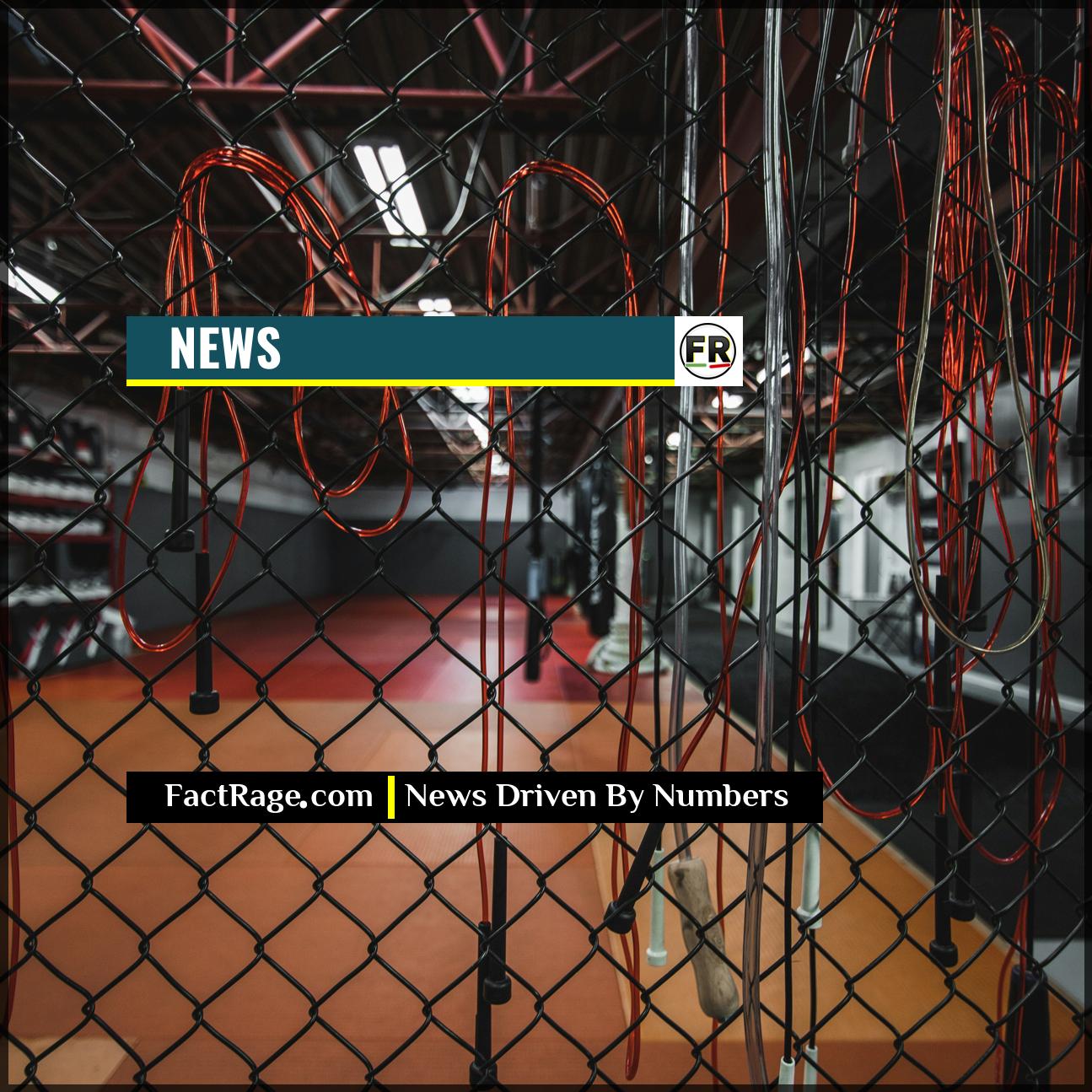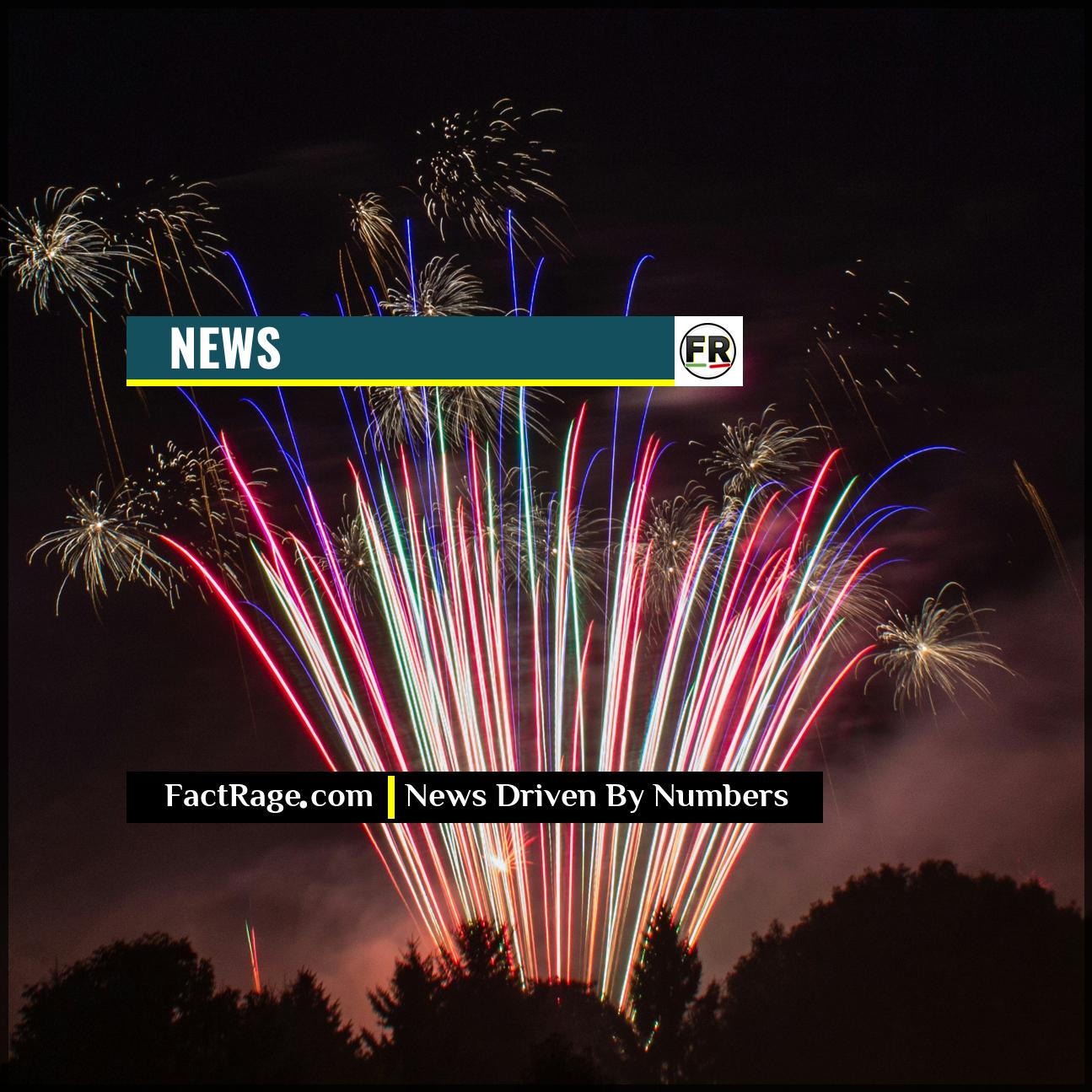FACTRAGE – While Americans commemorate the nation’s independence with fireworks and festivities on July 4th, the formal vote to declare independence from Great Britain occurred on a different date.
- The Vote for Independence – The Second Continental Congress legally separated the thirteen colonies from Great Britain by passing a resolution of independence on July 2, 1776.
- The Declaration’s Adoption – July 4, 1776, is the date when Congress formally adopted the final text of the Declaration of Independence, the document explaining the vote.
- The National Holiday – The Fourth of July was not declared a federal holiday until 1870, nearly a century after the historic events took place.
The annual celebration of American Independence Day is fixed on the fourth of July, but the historical record shows a more detailed timeline of events that led to the permanent break with British rule.
The Vote That Happened Two Days Early
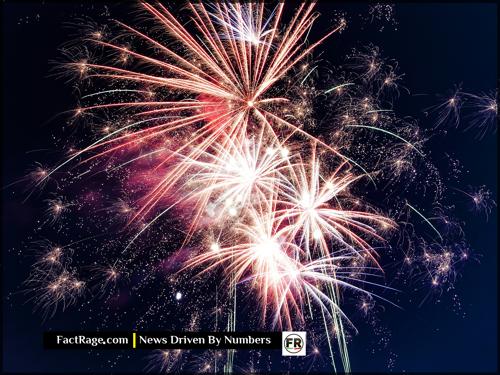
The journey to independence reached its legal turning point on July 2, 1776. On that day, the Second Continental Congress, meeting in Philadelphia, voted in favor of a resolution introduced by Richard Henry Lee of Virginia. The resolution declared that “these United Colonies are, and of right ought to be, free and independent States.” With its passage, the political ties to Great Britain were officially severed.
Founding Father John Adams was so certain this date would be memorialized that he wrote to his wife, Abigail, predicting that “The second day of July, 1776, will be the most memorable epoch in the history of America… It ought to be solemnized with pomp and parade, with shows, games, sports, guns, bells, bonfires, and illuminations, from one end of this continent to the other, from this time forward forevermore.” So why did he get the date wrong?
Why July 4th Became “The Day”
While the vote for independence was cast on July 2nd, the Congress still needed to approve a document that explained this monumental decision to the American public and the world. A “Committee of Five”—including Thomas Jefferson, John Adams, and Benjamin Franklin—had been tasked with drafting this statement.
After the July 2nd vote, Congress spent two days debating and revising the language of the document, known as the Declaration of Independence. On July 4, 1776, the final wording was formally adopted. The approved text was then sent to a printer, John Dunlap, who produced about 200 copies. These “Dunlap broadsides” were dated July 4th and distributed throughout the colonies. As the first public announcements of independence, this date became fixed in the public consciousness as the day the nation was born. Most delegates did not sign a final, stylized copy of the document until August 2, 1776.
How Celebration Became Tradition
In the years immediately following the Declaration, celebrations of independence were sporadic. They often took the form of mock funerals for King George III, bonfires, and cannon salutes. In 1781, Massachusetts became the first state to make July 4th an official state holiday.
As the new nation grew, so did the patriotic traditions. However, it took decades for the date to gain national significance. The Fourth of July was not recognized as a federal holiday by Congress until 1870. It was later designated a paid federal holiday in 1941, cementing its status as a cornerstone of American civil life, marked by the parades, barbecues, and fireworks that John Adams had envisioned for July 2nd.

